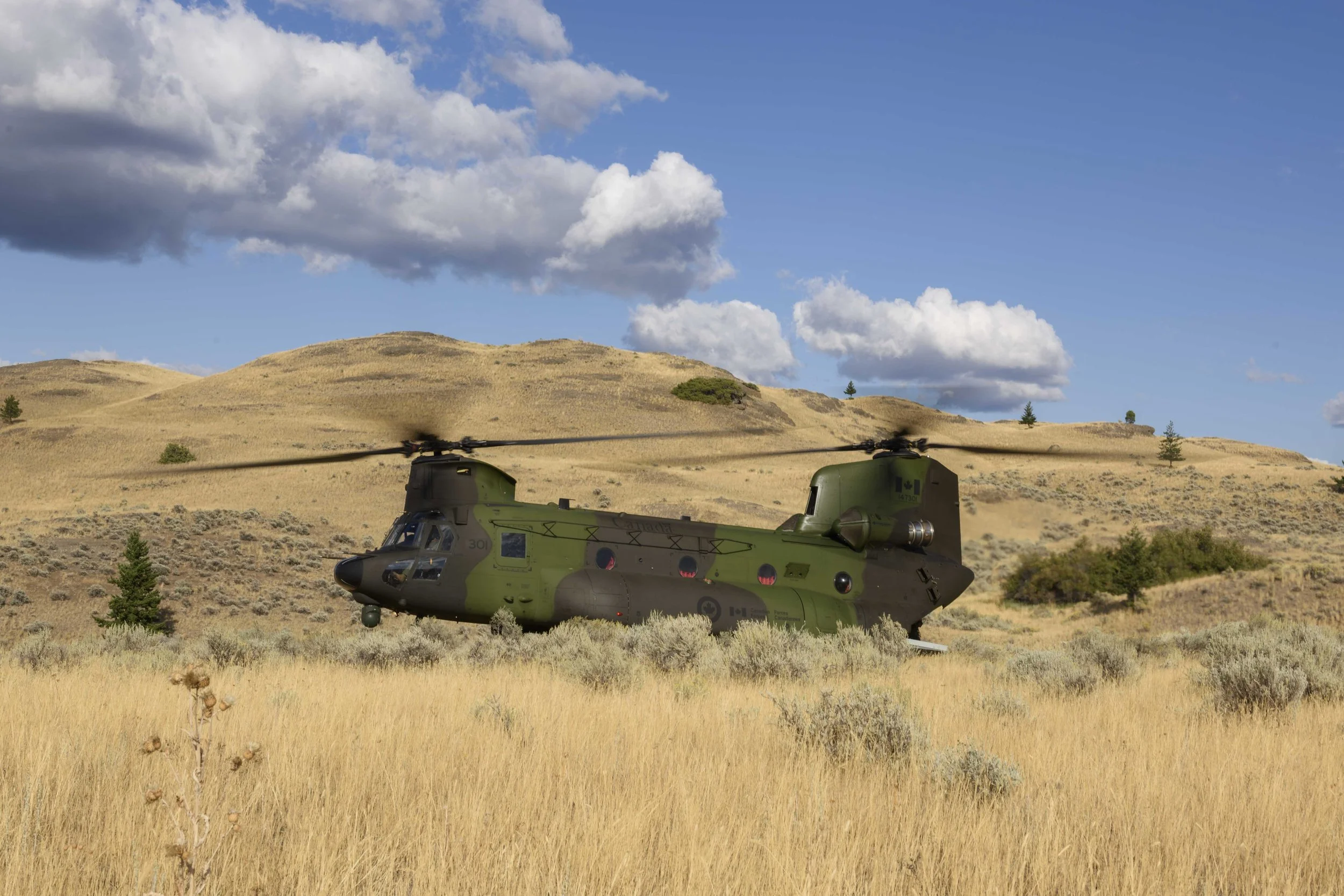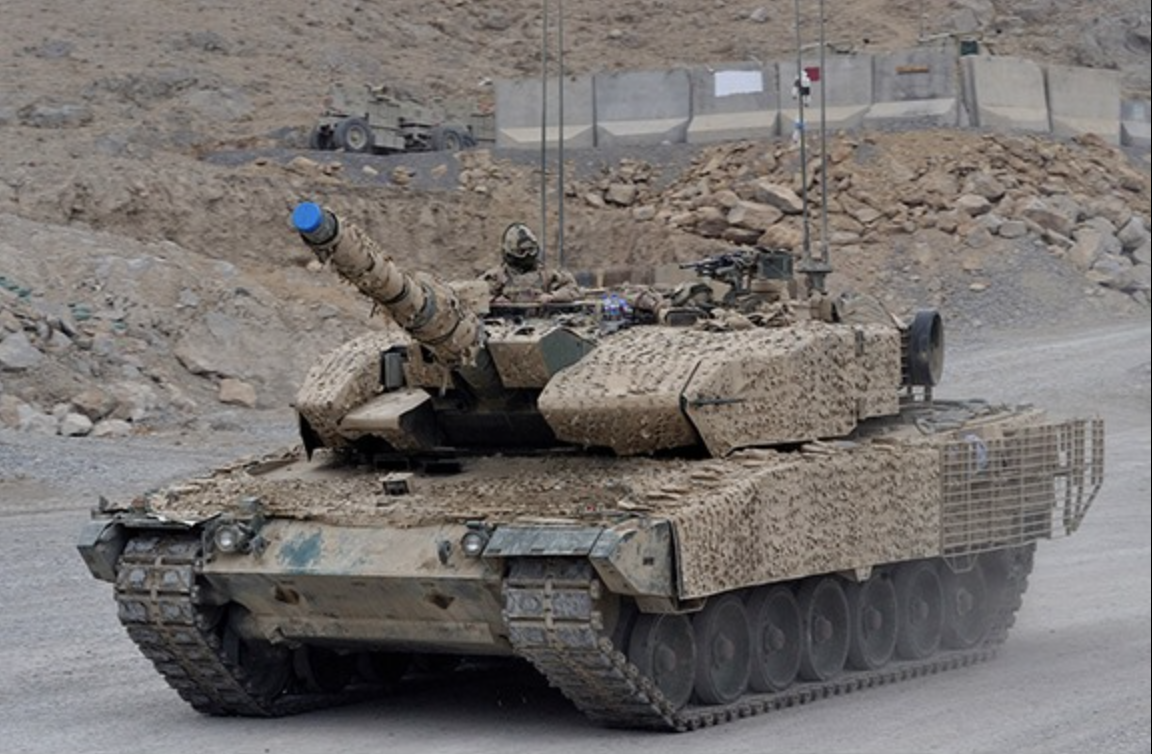Photo credit: merryjane.com
By Scott Taylor
Last week, as peace talks began in Riyadh Saudi Arabia to end the conflict in Ukraine, it became readily apparent that newly re-instated President Donald Trump has drastically altered the course of US Foreign Policy.
The ongoing peace talks include US Secretary of State Marco Rubio and his Russian counterpart Sergei Lavrov. Missing from the equation is any representation from the European Union and more shockingly, there is no representative present from Ukraine.
When Ukraine President Volodymyr Zelenskyy protested his country's exclusion from the peace talks, things began to get a little personal. "Unfortunately, President Trump -I have great respect for him as a leader of a nation that we have great respect for, the American people who always supported us-unfortunately lives in this disinformation space," Zelenskyy told reporters.
Despite Zelenskyy's genuflecting in his pre-amble, Trump took serious offence to the suggestion that he is incorrect in his assessment of the ongoing conflict in Ukraine. Trump ramped up the war of words with Zelenskyy, calling the Ukraine President a "modestly successful comedian" who is currently "unelected", "a dictator", and a leader who has only four per cent popular support among Ukrainians. More disturbingly, Trump has also repeatedly blamed Ukraine for starting a war that could have been avoided. All of Trump's claims about Zelenskyy are of course false. He was a hugely popular comedian in Ukraine who was swept to power in a landslide election victory due to the fact that he was not a politician.
The claim that Zelenskyy is 'unelected' is based open the fact that elections have been suspended during the conflict with Russia. In terms of popular support, Ukrainian statistics put Zelenskyy's favourability rating at 57 per cent which is about 9 per cent higher than what Trump currently garners in US polls.
As for starting the war with Russia, I think the world understands who invaded who.
Just three short years ago, it would have been unthinkable for any world leader (outside of Vladimir Putin), to demonize Zelenskyy in this manner. Following the Feb. 24, 2022 Russian invasion of Ukraine, Zelensky became a household name synonymous with courageous defiance. When the US anticipated Ukraine's defeat in the early days and offered the embattled President safe passage, Zelenskyy famously quipped "I don't need a lift, I need ammunition."
In his trademark green t-shirt Zelenskky became omnipresent around the globe on nightly newscasts as the face of warrior president.
Now, virtually overnight, the Trump administration has labelled him the scapegoat and excluded Ukraine from the negotiations to determine their own future.
Pete Hegseth, the US Secretary of Defense, at his first NATO Summit simply stated that Ukraine cannot hope to reclaim the territory which held prior to the 2014 armed secession of the Donetsk and Luhansk regions of eastern Ukraine. Before the US has even begun to horse trade with the Russian delegation, Hegseth signaled that Ukraine will have no option but to concede territory.
Sadly, Ukraine was in a far better position back in March 2022. In those early days of the invasion, the Armed Forces of Ukraine has shocked the world with a battlefield victory over the Russian invaders. Huge Russian armoured columns had been destroyed during their attempted advance to Kyiv. The Russian military had been exposed as a Paper Tiger and the NATO supplied weaponry had made the AFU a far superior force. At that juncture there was peace talks in Turkey with both Ukraine and Russia at the table.
It was President Zelenskyy who advised the people of Ukraine that any ceasefire would require a negotiated settlement, and that would involve making territorial concessions. A 16-point deal was brokered, but the whole plan for an early peace deal fell through when UK Prime Minister Boris Johnson flew to Kyiv to convince Zelensky that a total victory was possible and this outcome would be supported by NATO nations.
Zelenskky took the bait, and the rest is history.
Now, the US under Trump has reversed course and Ukraine does not even warrant a seat at the negotiating table.
Worse yet, Trump has his eyes set on Ukraine's rare earth metal deposits as a means by which the US can recuperate the billions of dollars in military aid which the US has supplied to Ukraine to keep them in the fight.
I do not think that Canada and the other NATO countries who have generously donated money and materiel to the Ukraine war effort did so in order to exploit their resources post conflict.
The lesson that Canadians need to take from Trump's complete reversal on Ukraine is that we could easily be next. Compared to Ukraine, we have far more rare earth metals which Trump could simply claim as the cost of the US protecting us while we fail to spend two per cent of our Gross Domestic Product on National Defence.






















